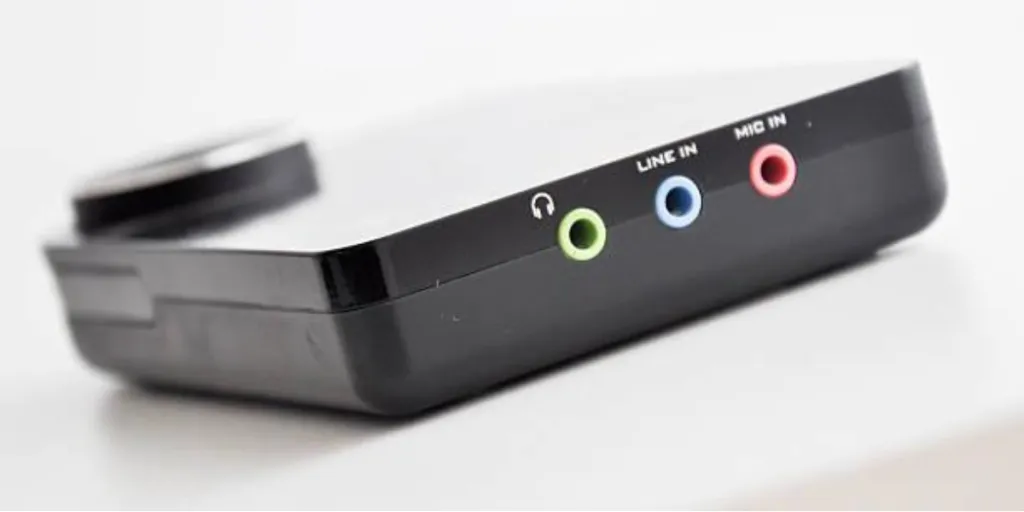Clearly, most consumers don’t give their PC’s sound much thought. Hence, when checking out new systems, they prioritize things like the graphics card, CPU, and RAM, with audio often falling down the list.
However, consumers who are interested in music/movie production, creating podcasts, or sound enthusiasts will tend to invest in their PC’s audio features—and that’s where sound cards come in. They’re just as important as a GPU in the sound section.
This article will explore what to watch out for when choosing sound cards in 2024. But first, here’s an overview of the market.
Table of Contents
Will the sound card market thrive in 2024?
Onboard audio vs. discrete sound cards—important things to note
Everything retailers must look at when choosing sound cards
Last words
Will the sound card market thrive in 2024?
According to reports, the global sound card market closed 2022 with a bang, reaching a total value of US $395.54 million in 2022. The same reports also forecast that the market will surpass US $587.2 million by 2028 at a 6.81% compound annual growth rate (CAGR).
The primary drivers for the sound card market include the following:
- Demand for gaming and high-quality audio for PCs is at an all-time high, increasing the size of the sound card market.
- The rising demand for sound cards in the business and personal sectors also boosts market growth.
- Buying consumers are now more aware of the benefits of exceptional audio on PCs.
Experts anticipate North America will dominate the forecast period due to its recent sustainable growth. America is the highest contributor, with reports suggesting the region will experience the highest CAGR.
Onboard audio vs. discrete sound cards—important things to note
Except a consumer is building a PC from scratch, almost every system has onboard audio—an in-built feature typically found on the motherboard. Now, onboard audio quality is not the worst, but it can sound quite basic, especially for avid gamers or music lovers.
On-board audio might not produce sound quality good enough to enhance the user experience. In fact, it may even be a downgrade, depending on how consumers prioritize their audio quality.
On the other hand, sound cards are ideal for users searching for higher audio quality. They are separate hardware components that can be connected to a PC, giving it more features (like extra ports for different audio equipment) for an extensive audio experience.
Discrete sound cards also have customization options, allowing users to choose the audio processor and adjust audio frequencies. Unlike onboard audio, sound cards can be upgraded anytime, per the user’s preferences.
Everything retailers must look at when choosing sound cards
Internal or external sound cards
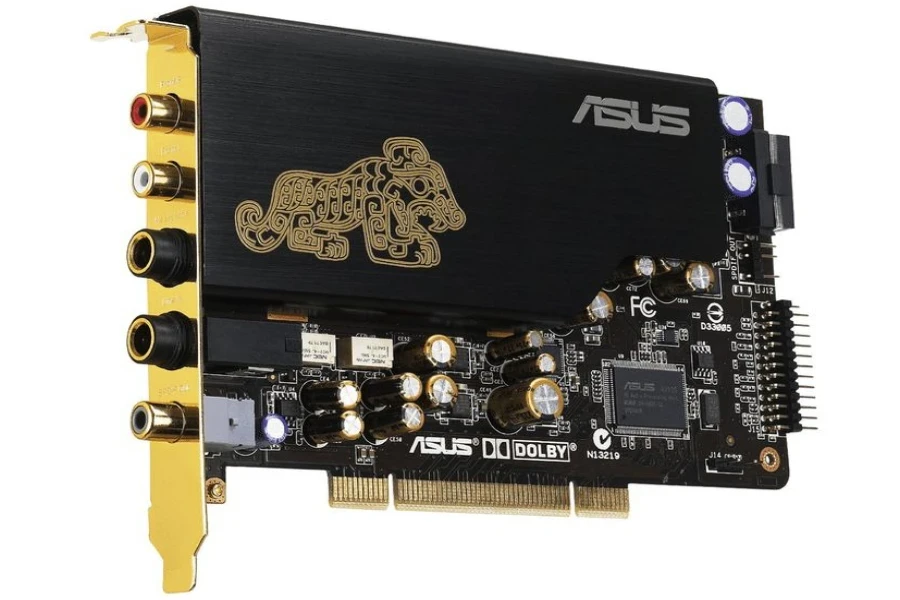
Both internal and external sound cards offer excellent audio quality, so businesses don’t need to overthink when choosing between the two. Internal sound cards are integrated into the motherboard using PCI slots, making the internal audio an installable component. They’re the best option for consumers building PCs from scratch.

In contrast, external sound cards are moveable parts that can be connected via USB. External sound cards are versatile because they can be plugged into any device, but consumers use them more on laptops that don’t have full-size PCIe slots.
Interface
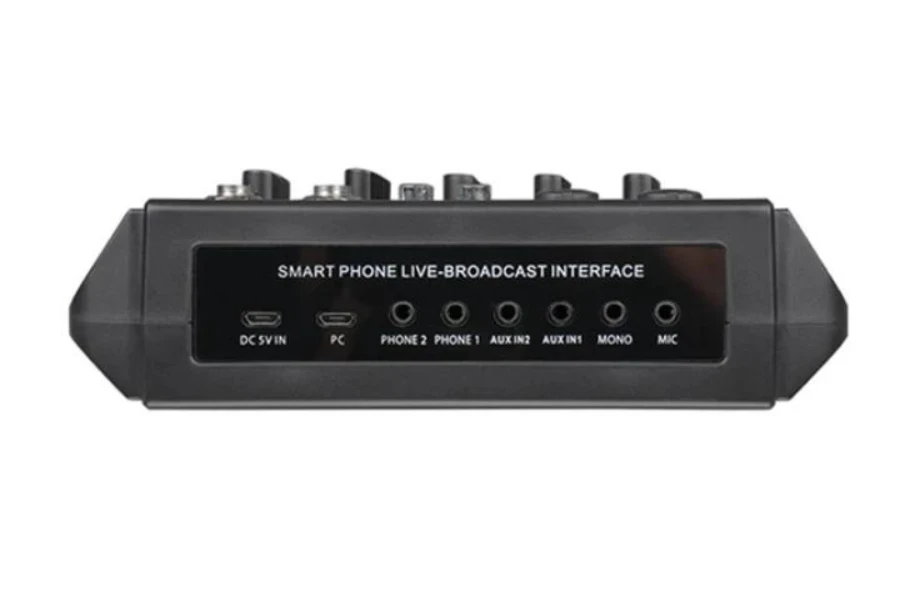
Sound cards must have the appropriate interface to allow consumers to connect them to their computers. In this regard, businesses can choose between PCI and ISA interfaces.
PCI: Most modern sound cards come with PCI interfaces. They’re the best options for consumers hoping to play games and watch videos with solid audio quality on their PCs.
ISA: Sound cards with this interface are more affordable than their PCI counterparts. So, they’re the perfect option for consumers on a tight budget but may not offer the best experience.
Inputs and outputs
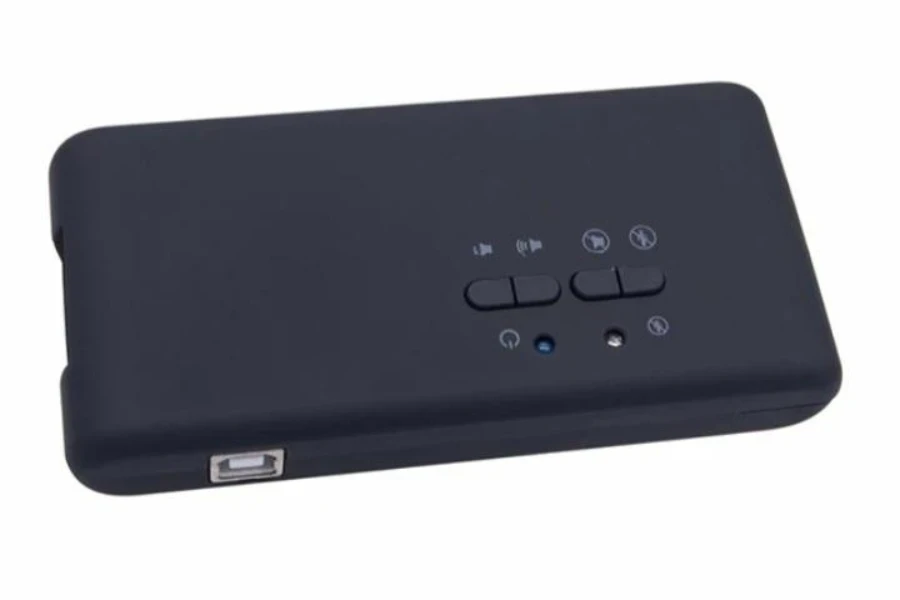
A sound card is essentially useless if it does not have the right input and output ports. The input and output ports are responsible for receiving and delivering audio, enabling users to control their audio experience.
Here are some input/output ports all sound cards must offer for an enhanced audio experience:
Input features
- Microphone input: A port where consumers can connect microphones to capture audio input.
- Line-in or aux-in: With this port, consumers can connect external audio sources, like musical instruments, other audio devices, or line-level signals.
- Digital input: Some sound cards offer digital inputs, typically optical or coaxial connectors, for receiving digital audio signals.
Output features
- Headphone output: Consumers can use this port to connect headphones to their PC for a private audio experience.
- Speaker output: These ports connect external speakers or audio systems.
- Line-out: This port allows users to connect external audio devices, like amplifiers or audio interfaces.
- Digital output: Sound cards may offer digital output options, like optical or coaxial connectors, allowing them to transmit digital audio signals.
Features
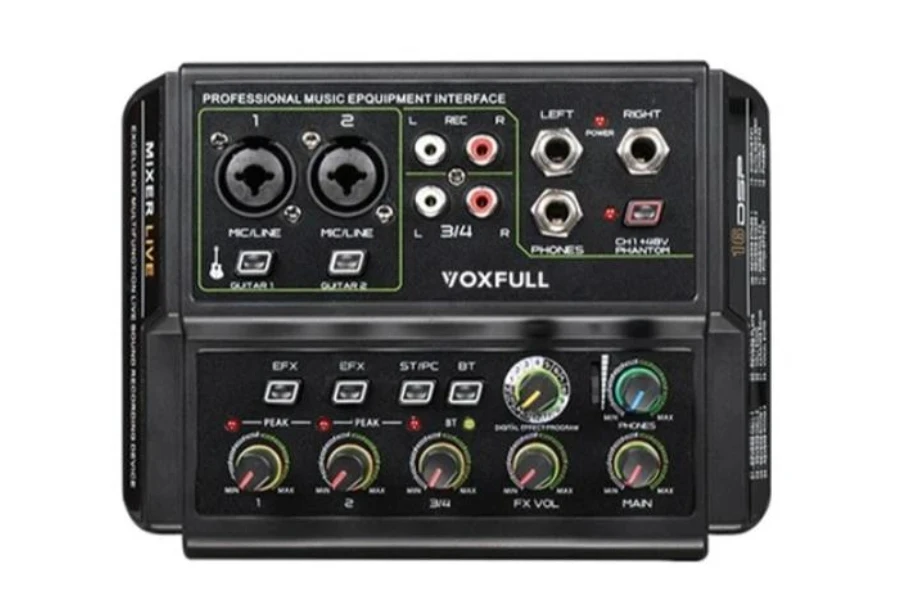
A standard sound card has features like input and output, a DAC, headphone amplifiers, an ADC, and software control. However, devoted gamers and professional musicians might consider all these features basic.
Businesses can go beyond and stock up on sound cards with higher specs to cater to these passionate consumers. They should look for the following features: personalization software, bit depths, HDR audio, surround sound capabilities, MIDI connection, 3D sound, and first-rate DACs.
But it doesn’t mean standard sound cards are not worth the investment, especially for budget-conscious consumers.
Last words
Many portable devices now combine audio ports, which may be a less than favorable experience for consumers. However, they can easily equip a sound card to help separate their audio channels.
Sound cards may not be the ultimate step up in audio quality, but they help deliver a better audio experience. Based on Google Ads, 165,000 consumers are searching for sound cards in November 2023, so there’s a large audience businesses can sell these products to.
Focus on the insights discussed in this article to get the most out of sound cards in 2024.
